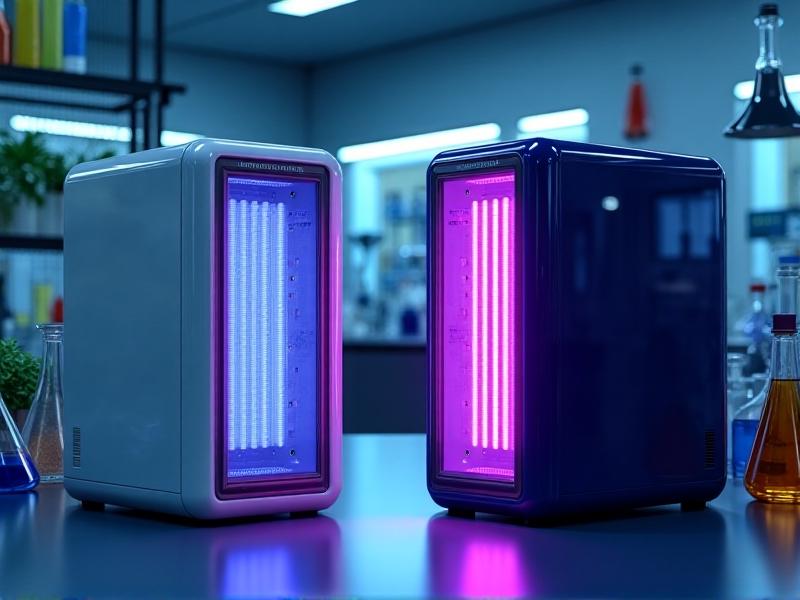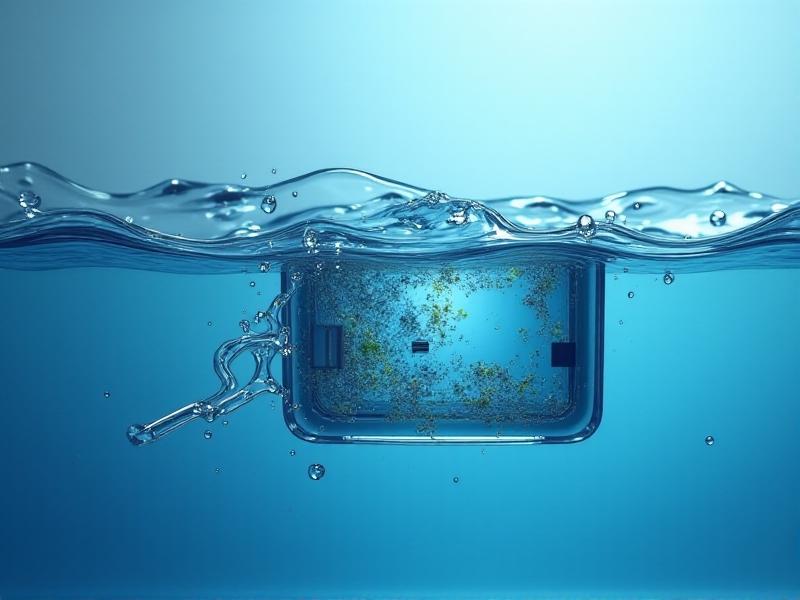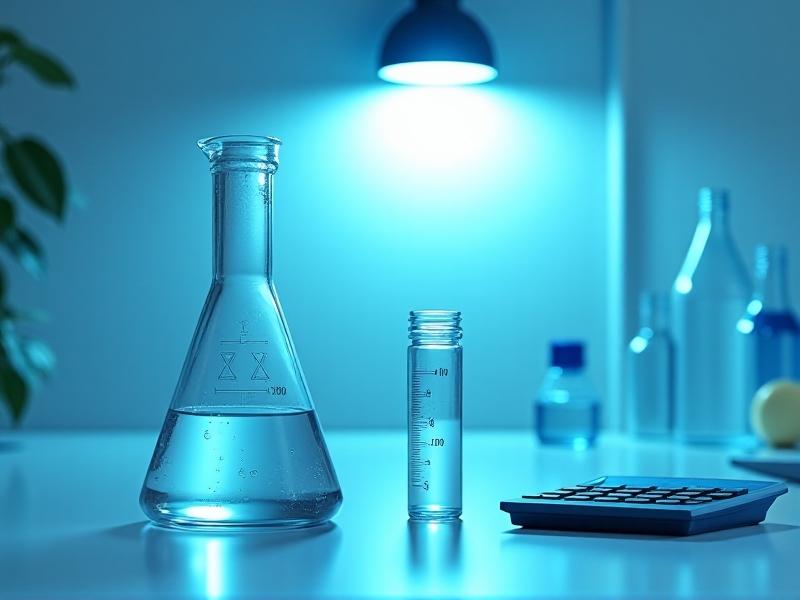Enzymatic Cleaners for Organic Contaminants
Understanding Enzymatic Cleaners: What Are They and How Do They Work?
Enzymatic cleaners are specialized cleaning agents that utilize natural enzymes to break down organic contaminants. These cleaners are particularly effective in targeting substances like proteins, fats, oils, and carbohydrates, which are often resistant to traditional cleaning methods. The enzymes in these cleaners act as biological catalysts, speeding up the chemical reactions that break down complex organic molecules into simpler, more manageable compounds.
The process begins when the enzymes in the cleaner come into contact with the organic material. Each enzyme is specific to a particular type of organic compound. For example, proteases break down proteins, lipases target fats, and amylases work on carbohydrates. This specificity ensures that the enzymes can effectively degrade the contaminants without damaging the surface being cleaned.
Enzymatic cleaners are widely used in various industries, including healthcare, food processing, and household cleaning. They are particularly valued for their ability to eliminate odors, as they break down the organic matter that causes unpleasant smells. Additionally, these cleaners are environmentally friendly, as they are biodegradable and do not release harmful chemicals into the environment.

The Science Behind Enzymatic Cleaners: A Deep Dive into Enzyme Action
At the heart of enzymatic cleaners lies the science of enzyme action. Enzymes are proteins that act as catalysts in biochemical reactions. They work by lowering the activation energy required for a reaction to occur, thereby speeding up the process without being consumed in the reaction. This makes enzymes highly efficient and effective in breaking down organic contaminants.
The mechanism of enzyme action involves the formation of an enzyme-substrate complex. The substrate is the organic molecule that the enzyme targets. When the enzyme binds to the substrate, it forms a temporary complex, which then undergoes a chemical reaction. This reaction breaks the substrate into smaller, more soluble molecules, which can be easily washed away.
One of the key advantages of enzymatic cleaners is their specificity. Each enzyme is designed to target a specific type of organic molecule. For instance, proteases are effective against protein-based stains like blood or food residues, while lipases are used to break down fats and oils. This specificity ensures that the cleaner can effectively target the contaminant without affecting other materials.
Moreover, enzymatic cleaners are highly effective at low concentrations, making them cost-efficient. They are also safe to use on a variety of surfaces, including fabrics, carpets, and hard surfaces, without causing damage or discoloration.

Applications of Enzymatic Cleaners in Different Industries
Enzymatic cleaners have found widespread applications across various industries due to their effectiveness and eco-friendly nature. In the healthcare sector, these cleaners are used to sanitize medical equipment and hospital surfaces. They are particularly effective in breaking down organic matter like blood, bodily fluids, and tissue residues, which can harbor harmful pathogens.
In the food processing industry, enzymatic cleaners are used to clean equipment and surfaces that come into contact with food. They are effective in removing organic residues like fats, proteins, and carbohydrates, which can lead to bacterial growth if not properly cleaned. These cleaners help maintain hygiene standards and ensure the safety of food products.
Household cleaning is another area where enzymatic cleaners are widely used. They are effective in removing stains from carpets, upholstery, and clothing. They are also used in pet care to clean up accidents and eliminate odors. Enzymatic cleaners are safe to use around children and pets, making them a popular choice for families.
In addition to these industries, enzymatic cleaners are also used in agriculture, wastewater treatment, and even in the textile industry. Their versatility and effectiveness make them a valuable tool in maintaining cleanliness and hygiene in various settings.

Benefits of Using Enzymatic Cleaners for Organic Contaminants
Enzymatic cleaners offer several benefits when it comes to dealing with organic contaminants. One of the primary advantages is their ability to break down complex organic molecules into simpler compounds, making them easier to remove. This not only ensures a thorough clean but also helps in eliminating odors caused by organic matter.
Another significant benefit is the environmental friendliness of enzymatic cleaners. Unlike traditional chemical cleaners, which can release harmful toxins into the environment, enzymatic cleaners are biodegradable and do not pose a threat to ecosystems. This makes them a sustainable choice for those looking to reduce their environmental impact.
Enzymatic cleaners are also highly effective at low concentrations, which means that a small amount of cleaner can go a long way. This makes them cost-efficient and reduces the need for frequent purchases. Additionally, they are safe to use on a variety of surfaces, including delicate fabrics and sensitive skin, without causing damage or irritation.
Furthermore, enzymatic cleaners are versatile and can be used in a wide range of applications, from household cleaning to industrial sanitation. Their ability to target specific types of organic contaminants makes them a valuable tool in maintaining cleanliness and hygiene in various settings.
Challenges and Limitations of Enzymatic Cleaners
While enzymatic cleaners offer numerous benefits, they also come with certain challenges and limitations. One of the primary challenges is the need for specific conditions to ensure optimal enzyme activity. Enzymes are sensitive to factors like temperature, pH, and the presence of inhibitors. If these conditions are not met, the effectiveness of the cleaner can be significantly reduced.
Another limitation is the time required for enzymatic cleaners to work. Unlike chemical cleaners that can provide instant results, enzymatic cleaners often require more time to break down organic matter. This can be a drawback in situations where quick cleaning is necessary.
Additionally, enzymatic cleaners may not be effective against all types of contaminants. While they are highly effective against organic matter, they may not be as effective against inorganic substances like mineral deposits or synthetic chemicals. This limits their use in certain cleaning scenarios.
Finally, the cost of enzymatic cleaners can be higher than that of traditional chemical cleaners. While they are cost-efficient in the long run due to their effectiveness at low concentrations, the initial investment can be a barrier for some users.
Future Trends in Enzymatic Cleaning Technology
The field of enzymatic cleaning technology is continuously evolving, with new advancements being made to enhance the effectiveness and versatility of these cleaners. One of the key trends is the development of multi-enzyme formulations that can target a broader range of organic contaminants. These formulations combine different types of enzymes, allowing them to break down multiple types of organic matter simultaneously.
Another trend is the use of genetically engineered enzymes that are more robust and stable under a wider range of conditions. These engineered enzymes can maintain their activity at higher temperatures and extreme pH levels, making them more versatile and effective in various cleaning scenarios.
There is also a growing focus on sustainability in the development of enzymatic cleaners. Researchers are exploring ways to produce enzymes using renewable resources and to reduce the environmental impact of enzyme production. This includes the use of bio-based raw materials and more efficient production processes.
Additionally, advancements in nanotechnology are being applied to enzymatic cleaning technology. Nanoparticles can be used to deliver enzymes more effectively to the target surface, enhancing their cleaning power. This could lead to the development of more efficient and targeted cleaning solutions in the future.







